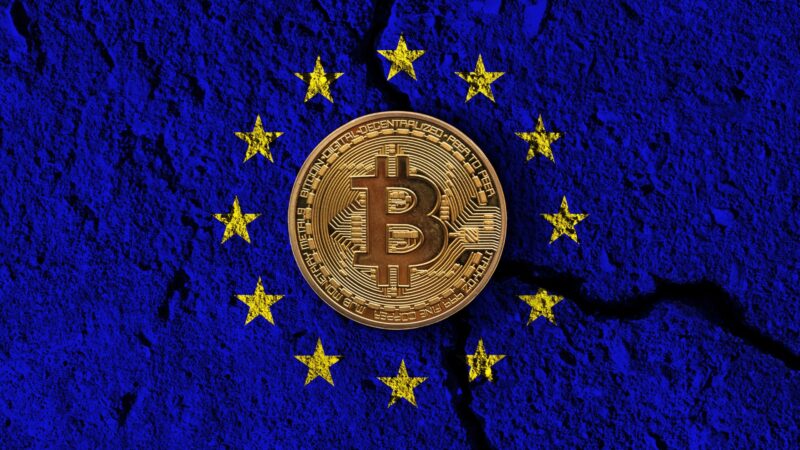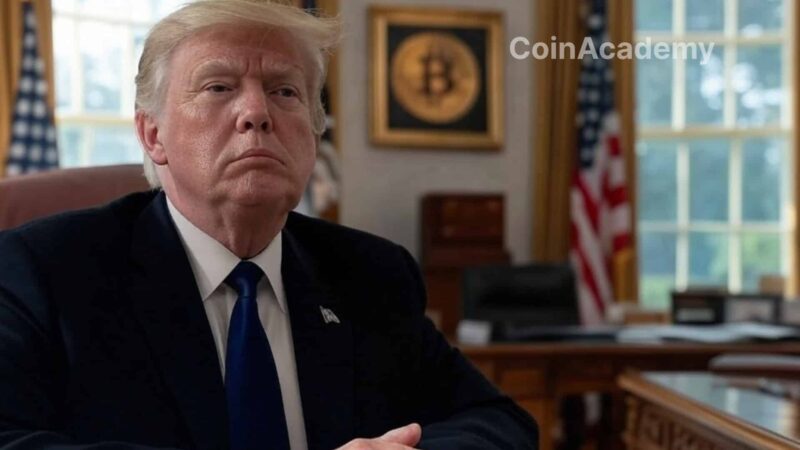Looking Back on the Collapse of a Giant
It’s safe to say that the year 2022 was notably marked by the spectacular collapse of the cryptocurrency exchange platform FTX, founded by Sam Bankman-Fried in 2019. As a reminder, the collapse occurred over a period of 10 days, initially triggered by concerns about the liquidity of the platform and its partner, Alameda Research. It was revealed that these two entities were heavily dependent on the FTT token (FTX’s native token), which, like the rest of the market, experienced a massive drop.
Subsequently, the situation worsened when reports revealed a $8 billion deficit, leading customers to massively withdraw their funds. Despite FTX’s attempts to calm the situation, its entire ecosystem collapsed within a few days. At the same time, FTX simply blocked withdrawals on its platform, thus freezing the funds of all its customers (still frozen today).
To make matters worse, reports later revealed the secret transfer of $10 billion by FTX founder SBF to Alameda Research, and a loss of $1 to $2 billion in client funds, which led to calls for his arrest.
In the end, FTX’s collapse had massive repercussions, not only for the platform itself, but also for its investors and the entire crypto ecosystem. It sparked many debates about regulation, transparency, and accountability in the volatile world of cryptocurrencies.
FTX – Billions of Dollars in Assets Still Under Control
Despite its collapse, FTX still holds a huge amount of cryptocurrencies today. According to recently filed restructuring documents, FTX, FTX US, and Alameda Research still hold a Total of $3.4 billion in cryptographic assets.
Here is a detailed breakdown:
Note: you can also get an overview of this portfolio from the On-Chain analysis platform, on this page: https://platform.arkhamintelligence.com/explorer/entity/ftx
In addition to these major assets, FTX also controls what are known as “Category B Tokens”. Why Category B? Simply because they are considered tokens that “do not meet liquidity thresholds and/or are largely controlled by the estate.
According to some reports, FTX holds over 1,300 tokens belonging to this secondary category. Of course, we can’t mention all of them.
However, here are the biggest “bags” we find:
As you can see, these numbers give an idea of the extent of the assets that FTX still holds, despite the unfavorable circumstances.
What Non-Crypto Assets Does FTX Still Hold?
In addition to its cryptocurrency portfolio, FTX has also invested in a variety of traditional assets, including brokerage investments, venture capital holdings, and real estate assets. This demonstrates how much of an impact FTX had on the overall financial markets, not just the cryptocurrency market.
Below is a detailed summary of the different non-crypto assets controlled by FTX today:
Brokerage Investments (~$530 million):
Venture Capital Portfolio (~$4.5 billion):
Real Estate Assets (out of a total of 38 properties):
For those who didn’t know, FTX has invested in nearly 40 real estate properties, including the “Orchid Penthouse & Units,” the “Honeycomb,” and “One Cable Beach.” Here is the total of these investments:
Are FTX Customer Funds Still Blocked?
One of the most pressing questions following FTX’s collapse concerns the fate of customer funds. Unlike traditional banks, cryptocurrency exchanges like FTX do not have government deposit insurance. Thus, when FTX blocked fund withdrawals in a desperate attempt to salvage itself, many feared that investors would never recover their money.
However, it’s not as simple as that, and a few details need to be clarified. First, in January 2023, FTX’s lawyers managed to recover approximately $5 billion of the missing $8.7 billion in liquid assets. Three months later, in April 2023, this amount increased by an additional $2.8 billion, bringing the total recovered to about $7.3 billion.
According to Andy Dieterich, the lead attorney in this case, this increase is partly attributed to the rise in cryptocurrency prices. However, despite this “progress,” there is still a $1.5 billion deficit.
To this day, apart from investors based in Japan, no other FTX user has been able to withdraw even a portion of their funds locked on the platform. This case is likely to drag on for many more years.
Where Is FTX Today?
Following the arrest of Sam Bankman-Fried (SBF), the FTX platform underwent a major leadership change. John J. Ray III, an expert in corporate restructuring who oversaw the liquidation of Enron, took over as the new CEO.
This change comes at a time when SBF is facing multiple charges, including the misuse of client deposits for various activities, ranging from financial operations involving FTX and Alameda to charitable donations.
Furthermore, it was revealed that SBF also used the funds to lobby for favorable cryptocurrency regulation. In total, no less than 8 charges have been filed against the founder of FTX.
As for his current situation, SBF is currently in detention, as his bail was revoked due to charges of witness tampering. His trial is scheduled for October.
Meanwhile, other key figures from FTX and Alameda, including FTX co-founder Gary Wang and Alameda CEO Caroline Ellison, have pleaded guilty to fraud and are cooperating with U.S. authorities. Another FTX executive, Ryan Salame, has also pleaded guilty to campaign financing charges and will pay a fine of $1.5 billion.
Key Takeaways
As you can see, despite its collapse and the legal controversies surrounding it, FTX still holds a substantial amount of digital assets. This reserve of assets could play a key role in the platform’s recovery and restructuring efforts.
In the meantime, please take care of your cryptocurrencies and remember that it is important not to put all your eggs in one basket.




